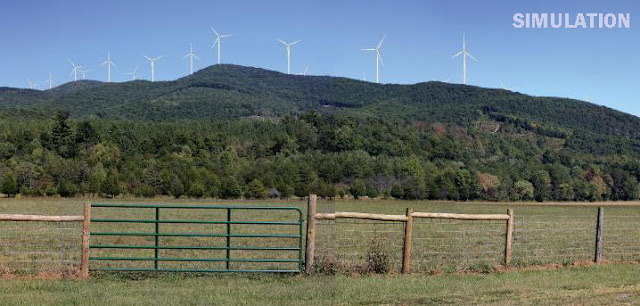 |
| Cindi Scoppe |
Cindi Scoppe, columnist and editorial writer for
The Post and Courier in Charleston, S.C., is the winner of this year's Carmage Walls Commentary Prize for opinion journalism in newspapers of less than 50,000 circulation.
Scoppe dived into the messy culture war over election access and integrity, "working to keep lawmakers and the public focused on actual problems that need to be solved," says
America's Newspapers, which presents the award. "Her deep institutional knowledge and straight-forward style provided critical insight and context to the debate, and helped create the middle ground that allowed South Carolina lawmakers from both parties to come together and unanimously pass legislation to expand voting options, eliminate actual problems with our election system and reject the sorts of extreme changes that legislators have been passing in both red and blue states."
Click here to read her editorials.
 |
| Dave Stafford |
Second place went to Dave Stafford, opinion-page editor of
The Republic in Columbus, Ind., whose warnings of "authoritarian censorship" in schools and libraries helped prompt "an unprecedented coalition of local education and civic leaders . . . opposing bills that had the support of local lawmakers,"
America's Newspapers says. "As a result of the paper's editorial leadership and the pressure Hoosiers put on lawmakers, these bills were withdrawn from the General Assembly. Judges commented that his editorials were among the shortest overall, but also the sharpest — very powerful."
Honorable mentions went to David Bloom, managing editor of
The Baytown Sun in Texas, for editorials promoting dialogue about open government; Jeff Gerritt, editor of the
Sharon Herald in Pennsylvania, for editorials opposing the death penalty; and Eric Hartley, opinion editor of
The Desert Sun in Palm Springs, Calif., for deeply reported editorials about a long-promised college campus. The winner for work in newspapers over 50,000 circulation was Bridget Grumet, metro columnist for the
Austin American-Statesman; second place went to Brian Colliogan of
The Virginian-Pilot in Norfolk; Lee Wolverton of the
Charleston Gazette-Mail in West Virginia got an honorable mention.
The prize is named for the late Benjamin Carmage Walls of
Southern Newspapers, who owned primarily community papers and advocated strong, courageous and positive editorial leadership.























